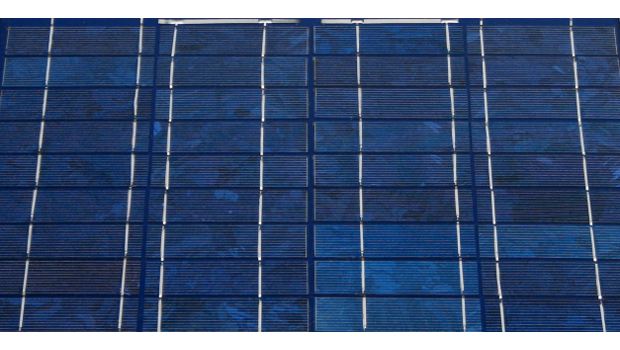Tesla has announced plans to expand its business partnership with Panasonic to include manufacturing their photovoltaic cells and panels at its Buffalo production facility, due to open next year.
Tesla said it will use Panasonic’s photovoltaic (PV) technology to build solar energy systems that will be combined with the electric car maker’s Powerwall and Powerpack residential and commercial battery systems.
The expanded partnership is contingent on Tesla’s acquisition proposal to leading consumer rooftop solar panel installer SolarCity, of which Tesla CEO Elon Musk is chairman.
In August, SolarCity announced it reached an agreement to be acquired by Tesla Motors in an all-stock deal valued at $2.9 billion.
Panasonic plans to begin PV cell and module production at SolarCity’s Buffalo manufacturing facility, which is scheduled to open in 2017. Tesla said it intends “to provide a long-term purchase commitment” for those cells from Panasonic.
In 2014, SolarCity announced it would build “the world’s largest” solar panel production plant in Buffalo, New York.
“We are excited to expand our partnership with Panasonic as we move towards a combined Tesla and SolarCity,” Tesla co-founder and CTO JB Straubel said in a statement. “By working together on solar, we will be able to accelerate production of high-efficiency, extremely reliable solar cells and modules at the best cost.”
Panasonic’s Eco Solutions division has been in a game of one-upmanship with SolarCity over solar cell efficiency. Last year, both companies announced they had produced solar panel prototypes that lead the industry in terms of efficiency.
On average, consumer and commercial solar cells have a 15% to 16% efficiency rating, referring to the amount of energy produced compared to the amount of light striking the surface of a solar cell.
Panasonic said its prototype solar panel has a solar energy conversion efficiency of 25.6% on a commercial-sized module. The prototype was built using solar cells based on mass-production technology, Panasonic said.
Panasonic and Tesla have had a long-standing battery manufacturing relationship that has already been extended once. In 2014, Panasonic extended a 2011 agreement to supply Tesla with automotive-grade lithium-ion battery cells. Panasonic increased its supply to nearly 2 billion cells over the course of four years.
The lithium-ion battery cells purchased from Panasonic will be used to power Tesla’s Model S and Model X cars, as well as the more affordable models it plans to introduce beginning with the Model 3 sedan by 2017.
In January, Panasonic announced it was increasing a previous commitment to lithium-ion battery technology for electric vehicles and homes, saying it will spend up to $1.6 billion helping to construct Tesla Motor’s Gigafactory.
The Gigafactory is expected to cost $5 billion. Panasonic’s investment in it is an effort to cement its future in automotive electronics and solar power, according to Panasonic president Kazuhiro Tsuga, speaking at CES earlier this year.
Musk said the Reno, Nevada-based Gigafactory, due to be fully online next year, will manufacture 500,000 lithium-ion batteries for electric vehicles per year by 2020 or the equivalent of 50 gigawatt hours of battery packs. Those battery packs can be tightly integrated into Tesla’s lithium-ion home and commercial batteries.
In August, during a press and analyst call, SolarCity chief technology officer Peter Rive alluded to a solar shingle product that could be incorporated into new roofs and the battery packs. That product is expected to be unveiled this month.
Tesla stated in a news release that its continued partnership with Panasonic “is an important step in creating fully integrated energy products for businesses, home owners and utilities, and furthers Tesla’s mission toward a sustainable energy future.”
IDG News Service






Subscribers 0
Fans 0
Followers 0
Followers